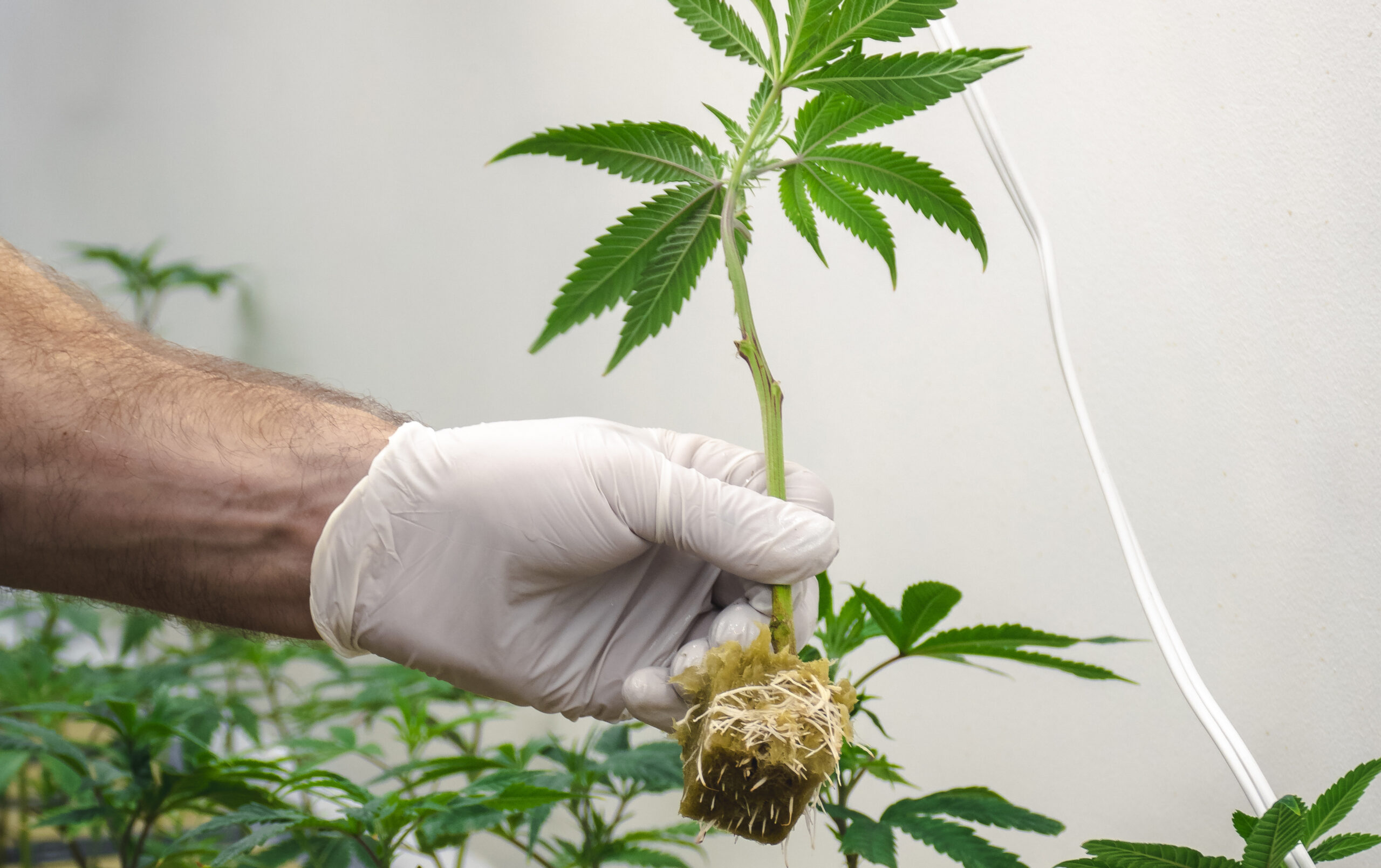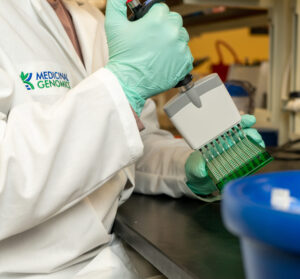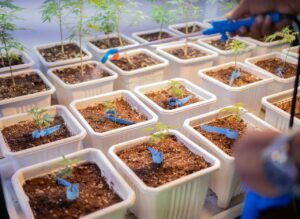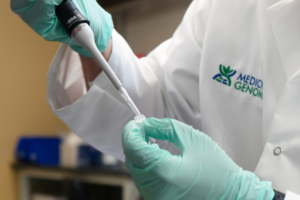Most cannabis growers don’t know they have a problem with Hop Latent Viroid (HLVd) until it’s already too late. HLVd often remains latent in the plant, not showing obvious signs of infection until the flowering stage, when buds are smaller, less dense, and less frosty than usual. Furthermore, growers dealing with HLVd infection may receive lab results showing their yields and potency numbers are cut in half.
The best way to identify infected plants is to use molecular tests, such as the PathoSEEK Hop Latent Viroid Detection Assay, which can identify viroid RNA in cannabis plants before they show any symptoms.
New research has shown that what part of the plant you test for HLVd may be just as important as the test you use. Whether you are testing for HLVd in-house or sending samples to one of our partner labs, check out the tips below to make sure you are getting the best results.
Go for the Roots
HLVd-infected roots typically produce the strongest qPCR signal. The data below was generated by a lab using the PathoSEEK Hop Latent Viroid Detection Assay. They collected root and leaf samples from 40 different plants that were suspected to have HLVd infection and found that while 15 of the root samples tested positive for HLVd; only one leaf sample contained the viroid.
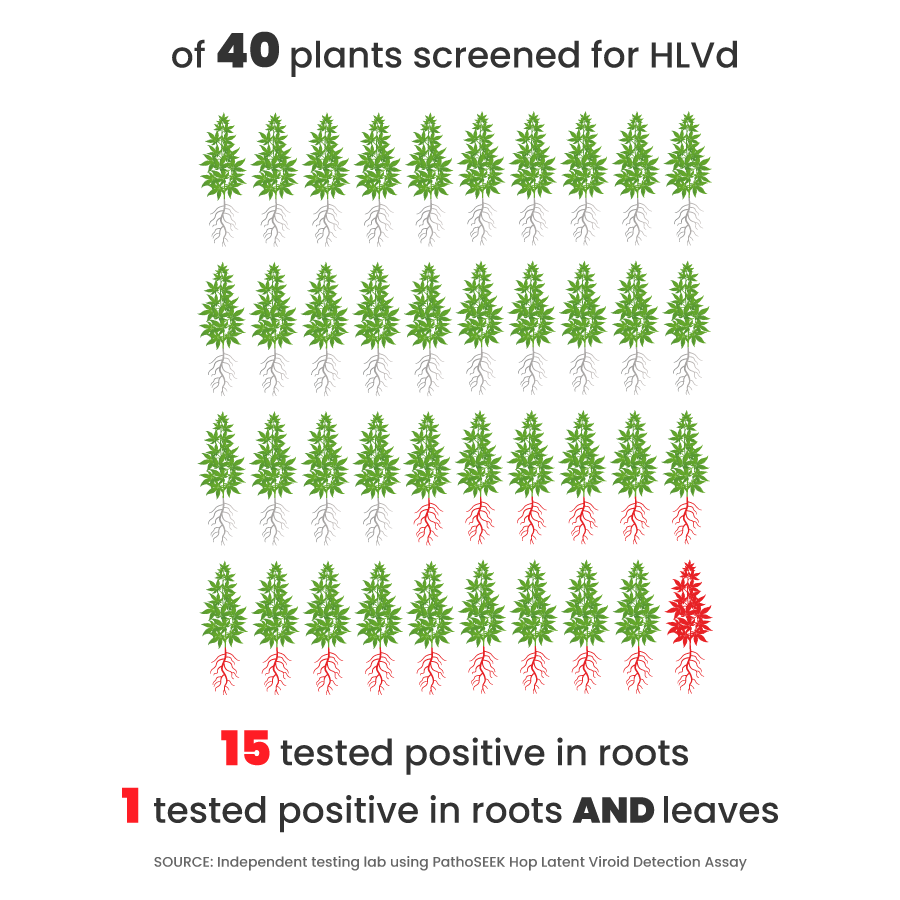
The jury is still as to why HLVd appears to be concentrated in the roots. It may be that the viroid remains latent in the plant’s root structure, only to emerge when the plant is stressed and its defenses are down. It is also possible that certain cultivars are resistant to HLVd and the viroid will remain latent in the roots throughout the plant’s life. If so, then these cultivars may be prime candidates for breeding resistant lines.
Pool Samples
To save on reagent costs, some users will pool samples from multiple plants into a single reaction to perform an initial screen for HLVd. If they get a signal, they can retest each plant individually to see which one(s) is/are infected.
Similarly, other users want to sample multiple parts of a plant (roots, lower leaves, new growth, etc.) to get a more comprehensive assessment of the plant.
For more information about sampling procedures please refer to the PathoSEEK® Hop Latent Viroid Detection Assay User Guide.

